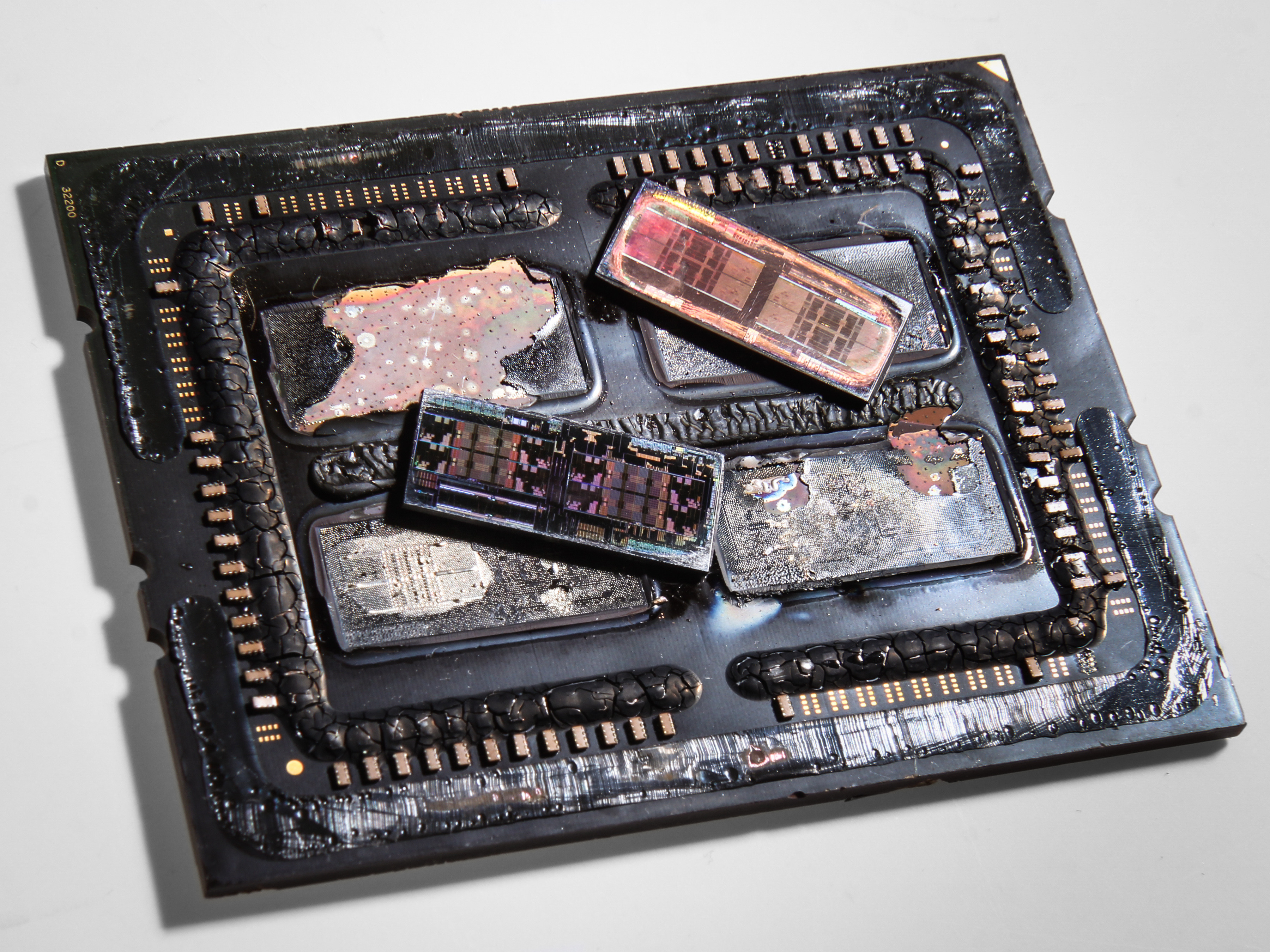In this video, we will look at how to connect brushless motor controllers to a Linux computer. Specifically, we will use a computer running Debian. The same steps would work for Ubuntu Linux and other Linux distributions derived from Debian.
I've got a small sensorless brushless motor, and a bigger brushless motor with a built-in absolute encoder. Lets look at how to control those from my Debian Linux computer. Servosila brushless motor controllers come in several form factors with either a circular or a rectangular shape. The controllers come with a set of connectors for motors and encoders as well as for USB or CANbus networks.
The controllers can be powered by a power supply unit or by a battery. To spice up my setup, I am going to use a battery to power the controllers and thus their motors. The controllers need 7 to 60 volts DC of voltage input. If I connect the battery, the controllers get powered up. The small LED lights tells us that the controllers are happy with the power supply.
We need to connect the brushless motor controllers to the Linux computer. There are two ways to do that - via CANbus or via USB. Lets look at the USB option first. A regular USB cable is used. Only one of the controllers needs to be connected to a computer or a PLC.
Next, we need to build an internal CANbus network between the controllers. We are going to use a CANbus cross-cable to interconnect the controllers. Each controller comes with two identical CANbus ports that help chain multiple controllers together in a network. If one of the interconnected brushless motor controllers is connected to a computer via USB, then that particular controller becomes a USB-to-CANbus gateway for the rest of the network. Up to 16 controllers can be connected this way via a single USB cable to the same control computer or a PLC. The limit is due to finite throughput of the USB interface.


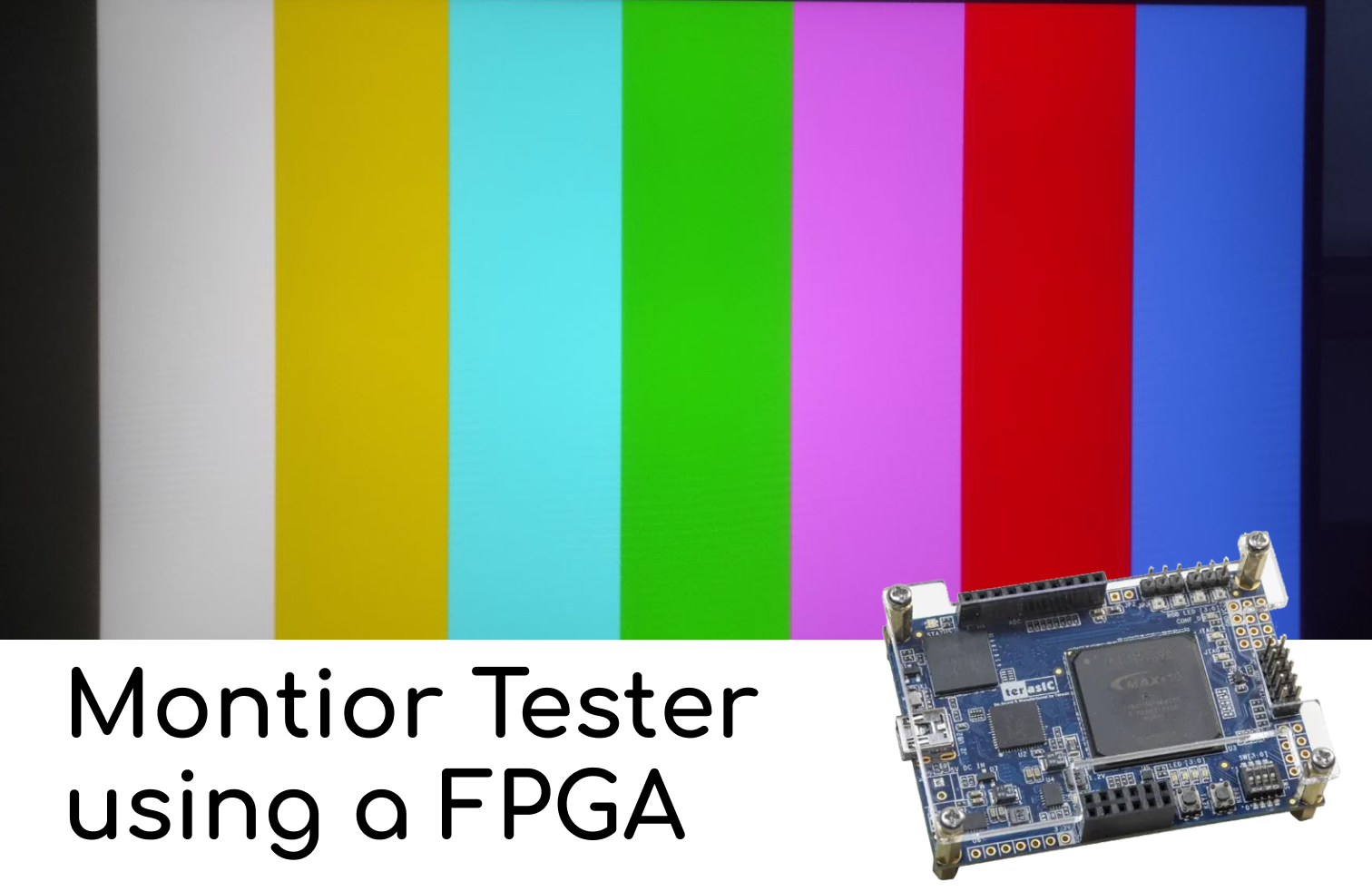

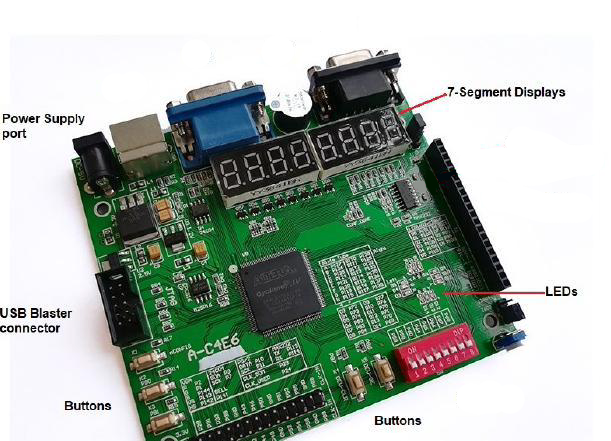
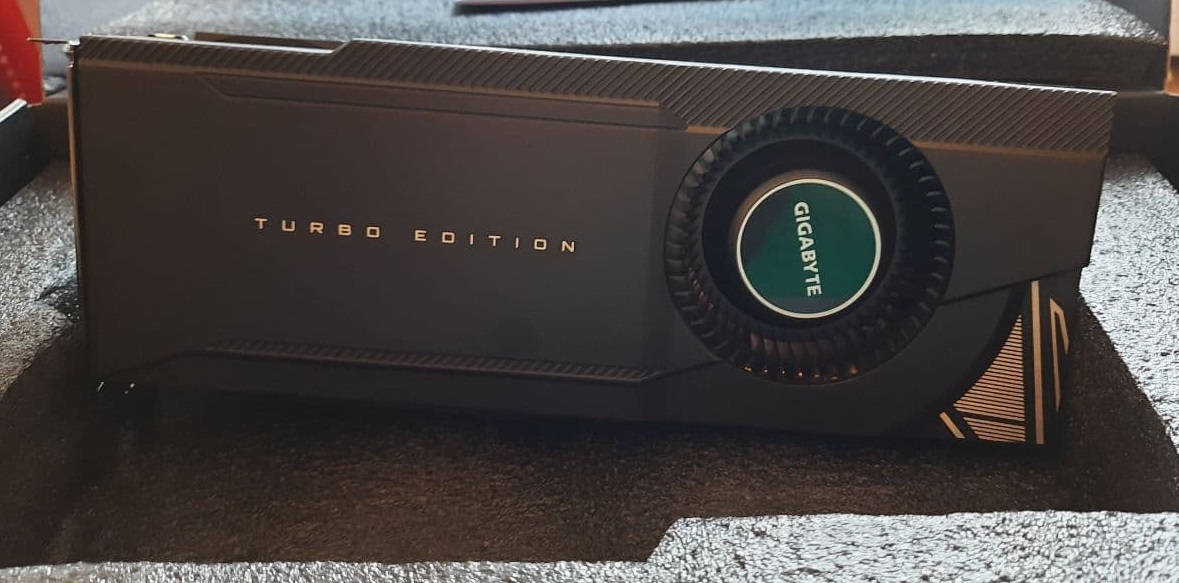

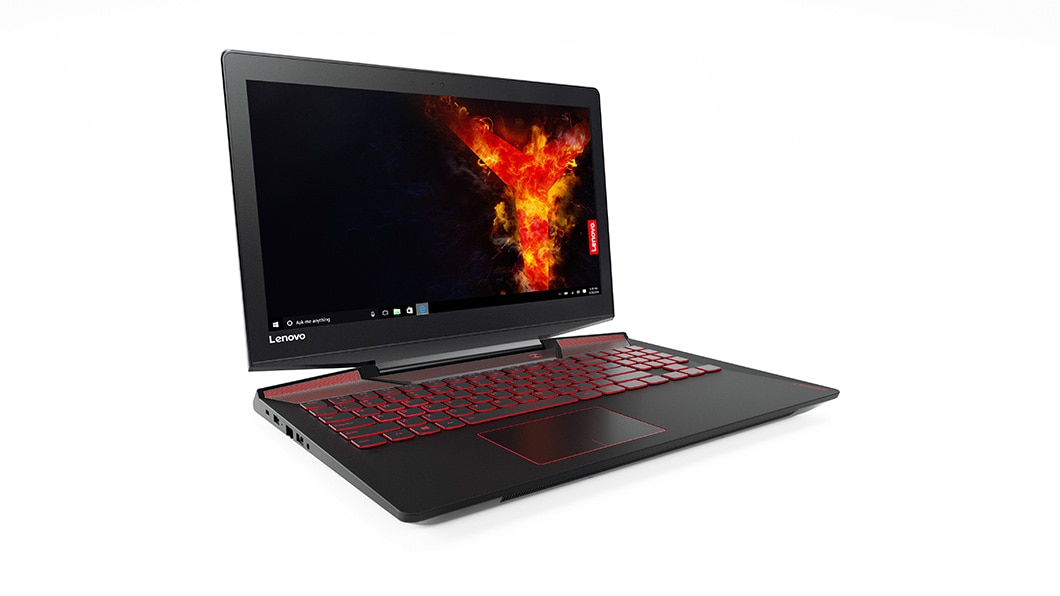



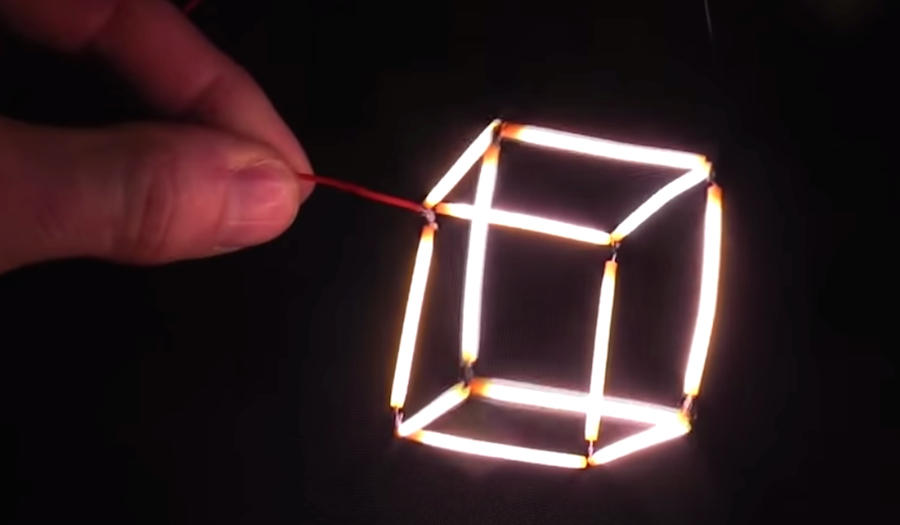 Saluting my LED lamp fans!
Saluting my LED lamp fans!
